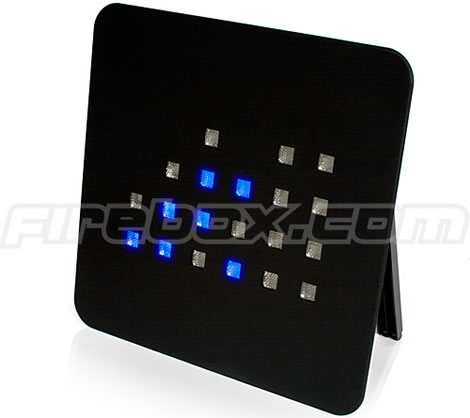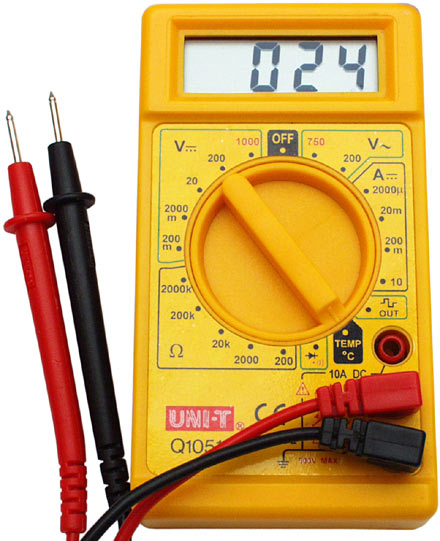So I'm going to take a ride on the alternative transport band wagon with this idea. My girlfriend and I try and cycle most places, unfortunately she is about half my size and I'm twice as fast as her. Solution: a tandem bicycle. Only she worries that she won't be able to contribute to the propulsion because we are so mismatched, I pedal too fast or use a different gear than she would use or something. So I thought - you need independent drive trains. And of course, being an electrical engineer I turn to electronics to solve my problem.
Why not, instead of the pedals driving a gear set, have them coupled to a low speed generator. Then from each pedal gen-set combine the power produced using a couple of power electronic converters to match the voltages onto a common DC bus. From there a third power-converter could run a heafty hub motor at the rear wheel (and the front too). A fourth converter could be used to attach a battery to the system and provide energy storage absorbed from excess human effort and regenerative braking and depleted for use uphill and takeoff.
The pedal generators could be controlled to provide a constant cadence and torque, individually adjustable to suit the cyclists. One problem is that the RPM is quite low ~ 60-100 rpm. Since the voltage generated is roughly proportional to the speed of the generator (change of flux inside the generator windings) a multi-pole machine should be used (more than the usual two to four). The torque at the generator shaft is proportional to the current.
One final benefit to a series hybrid bike. There is no dirty chain or temperamental derailer to deal with. Just simple, maintenance-free and clean electrons.
It's unlikely that i'll get around to building this. However I have spoken to my supervising lecturer and he is going to offer it as a final year engineering project next year. So I may still get to ride it.


 Multi-meter clock. And my latest idea, have a microcontroller generate three voltages that extend to three test points labeled Hours, minutes and seconds. By probing with a multimeter you can discover the time.
Multi-meter clock. And my latest idea, have a microcontroller generate three voltages that extend to three test points labeled Hours, minutes and seconds. By probing with a multimeter you can discover the time.